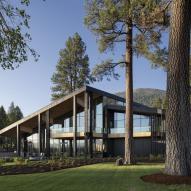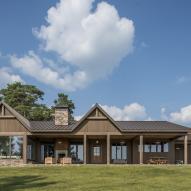FIRE & ICE: FATE OF ICONIC CHICAGO WAREHOUSE
When fire consumed a massive historic warehouse in Chicago’s Central Manufacturing District (CMD) in 2013, flaring up repeatedly for a week while the city endured freezing temperatures, it was considered a total loss, but a large amount of the structural timbers survived the fire and ice. After demolition we procured 19,000 BF of Southern longleaf pine (also known as Heart Pine*) that originally came from old growth pine forests harvested more than a century ago.
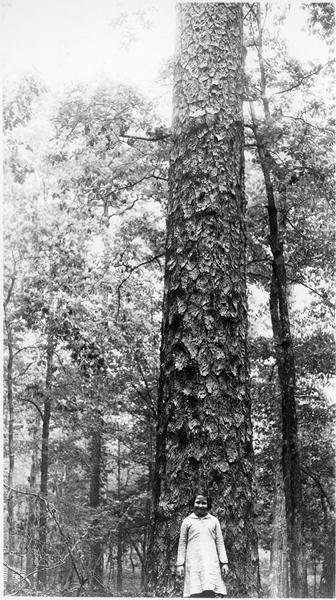
Heart Pine played a significant role in the construction of the world’s first industrial park, the Central Manufacturing District (CMD), a 265 acre campus in south Chicago. Development of the privately planned park began in 1905 and eventually it housed several big name companies such as Spiegel, Goodyear, Starck Piano Co., the William Wrigley Co., and Westinghouse.
Among these memorable trademarks was the Pullman Couch Company, a five story warehouse designed by civil engineer and architect S. Scott Joy in 1911. You might remember the Davenport-bed? That was a Pullman product.

Pullman Couch Company remained at the CMD location through the 1950s and, while a few businesses came and went over the following four decades, the warehouse stood vacant for ten years until January of 2013 when it was annihilated by fire. It was reported to be the worst fire Chicago had seen in years, commanding over 200 firefighters to tame it. With temperatures around 10 degrees, the water spray from the fire hoses swathed everything in ice – vehicles, equipment, buildings, even the firefighters.
When demolition of the building’s scorched remains began, a frozen terra cotta insignia could be seen high up on the brick exterior of the building. It was that of the Pullman Couch Company, one of the last identifiers of the 102-year-old structure that was once the powerhouse of Chicago’s industrial campus.
The timbers obtained from demolition of the Pullman Couch Company warehouse were branded with ‘Bogualusa.’ Bogalusa, Louisiana was the site of the world’s largest sawmill, run by The Great Southern Lumber Company from 1908 until 1938. The company employed more than 1,700 men at the mill plus another 1,000 men in logging camps to keep a continuous supply of logs coming in. They only harvested longleaf pine, initially processing lumber at the rate of 1,000,000 board feet per day. After 30 years the virgin longleaf pine forests in southeastern Louisiana and southwestern Mississippi were depleted and the mill ceased operation.
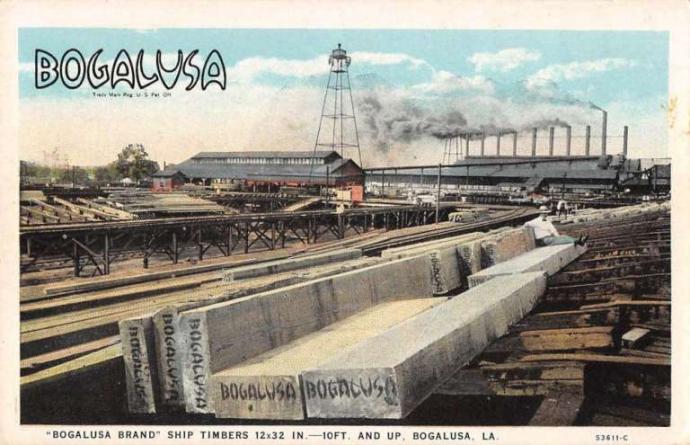
The historic heart pine we acquired from the former Pullman Couch Company has been used in several projects as flooring and paneling. At the time of this writing, we are wrapping up another order of our character select heart pine, this one with a walnut finish. And so the old longleaf pine timbers live on, long after the fire and ice.
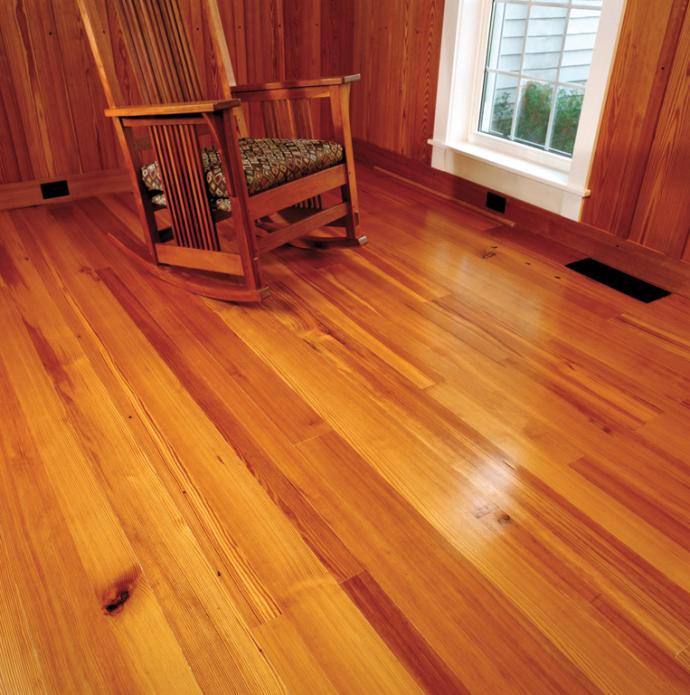
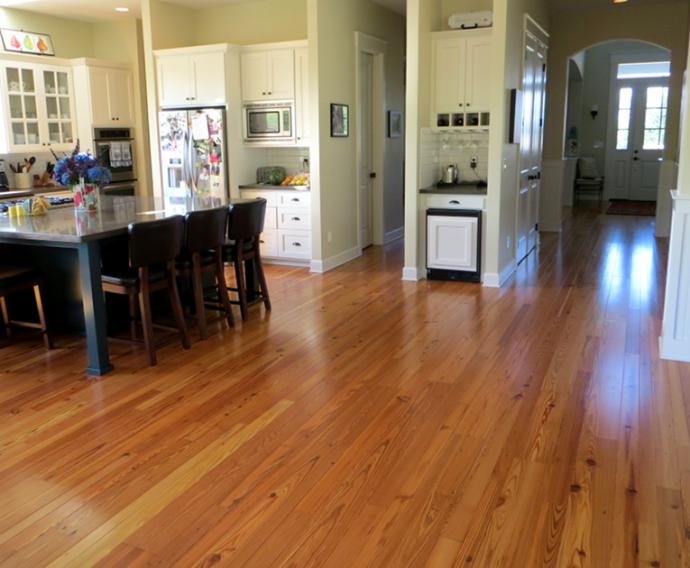

*According to the USDA Forest Service, longleaf pine once covered about 90 million acres of the southeastern coastal plains of the United States. Because of its quality and strength, longleaf pine lumber was a principal resource for early settlers in building ships and railroads, though it was used for just about everything from industrial buildings to furniture. It takes 30 years for longleaf pine to grow an inch and about 200 years to become mostly heartwood. Heartwood hardness comes from its resin and longleaf pine has more resin than any other species of pine. Because of its high percentage of heartwood, longleaf pine came to be called heart pine.
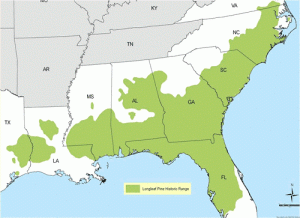
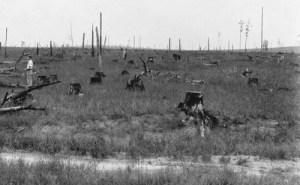
Most of the longleaf pines were gone by the 1920s, harvested to near extinction. Today, only 3% of the original longleaf landscape remains. Restoring these forests has now become a priority in conservation efforts, particularly because there are over 30 endangered and threatened species that rely on longleaf pine for habitat. And while we can rehabilitate longleaf pine ecosystems, we will not ever have the kind of centuries-old longleaf heart pine that now exists primarily in the structural timber of industrial America.
Check out this short film on Secrets of the Longleaf Pine.


